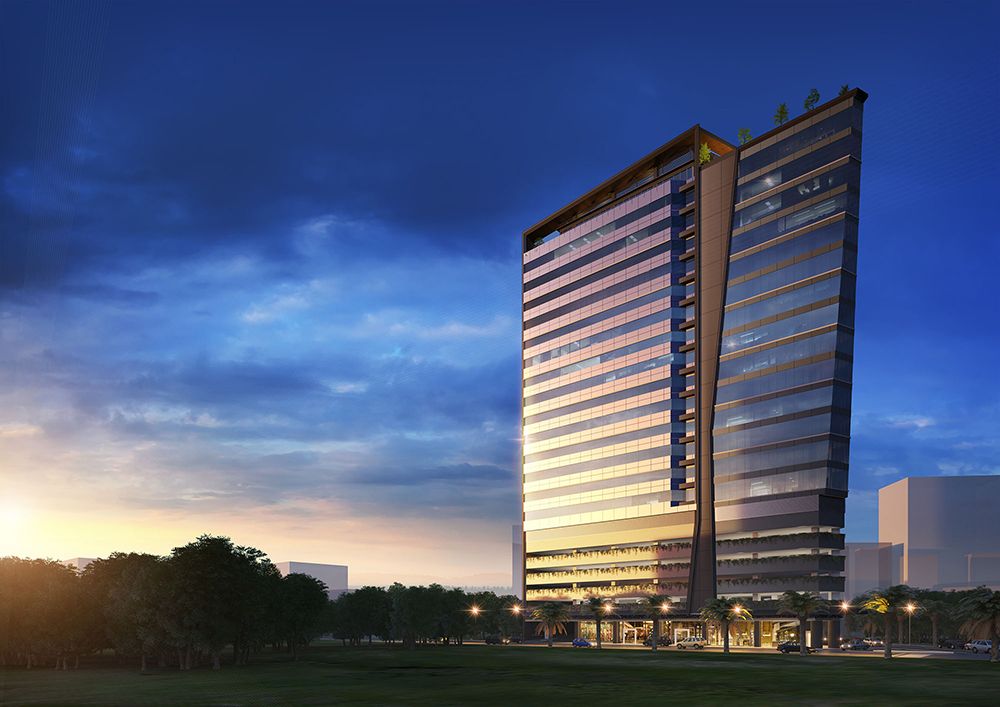As more people become aware of the benefits of a green building in the workplace and the community, many developers are pushing for sustainable and green real estate in the Philippines. The Leadership in Energy and Environmental Design (LEED) is one of the certifications that buildings in the country can apply to ensure the safety, comfort, and security of its occupants.
Developed by the US Green Building Council (USGBC), it is an internationally-recognized green building certification program that provides a third-party verification that a building was designed and built following strategies aimed at improving performance, increasing energy savings, water efficiency, and carbon emissions reduction, stewardship of resources and sensitivity to their impacts, and improving indoor environmental quality.
LEED certification is achieved by five main LEED Rating Systems evaluating different aspects of building and construction. Primarily, commercial and office buildings follow LEED Building Design and Construction (BD+C); LEED for Interior Design and Construction (ID+C); LEED for Building Operations and Maintenance (O+M).
RELATED: What does LEED mean in Philippine Commercial Real Estate?
These rating systems allow developments to gain points pre-, during, and after the construction phase. Points collected by establishments determine which kind of certification they achieve: Platinum, Gold, Silver, and Certified. As establishments correctly implement a strategy, they earn LEED points. The more points earned, the more sustainable the building is.
LEED certification is also recognized globally. It is the most widely adopted benchmark as its standards apply to buildings operating at a global, regional, and local levels.
People, Planet, Profit
LEED certification differentiates buildings from the rest. It shows how companies put a premium on their tenants’ safety, comfort, and security while staying inside the establishment. It is also a statement for sustainability as green practices and strategies are upheld from the design, materials used, construction, and operations of the building. Lesser construction waste is also produced.

Moreover, a LEED certification also benefits developers and property owners, highlighting the ‘profit’ aspect of the program. Green buildings result in reduced energy and water usage, effectively lowering operating costs. LEED-certified buildings have a greater resale value and drastically elevate a company’s branding and public image.
READ MORE: Optimizing Buildings for Disease Prevention
Transitioning to the ‘new normal’, office buildings are applying stricter rules and regulations as some companies begin their business re-entry. These guidelines emphasize the health and security of building occupants against disease-causing bacteria and viruses, especially after numerous studies have attributed faster virus spread in the workplace.
One of the main aspects of LEED-certified buildings is its improved indoor air quality. Research has attributed virus outbreaks in office spaces to poor indoor air quality especially in confined spaces. These studies suggest that the filtration of recirculated air may be effective in reducing the transmission of airborne and infectious diseases. High-grade filters remove dust, vapors, bacteria, and fungi, and also effectively capture viral particles spread by droplet nuclei.
Additionally, LEED-certified buildings optimize the ventilation inside office spaces. Research also found that an increased ventilation rate effectively reduces the cross-infection of airborne transmitted disease by diluting the contaminated air inside the space more rapidly and decrease the risk of cross-infection.
LEED is the new standard
Given the important role of the work environment in the battle against the COVID-19 pandemic, LEED certification is the new standard in securing the health, well-being, and safety of building occupiers. LEED’s basic principles of people, planet, and profit offer a cohesive standard for developers and property owners to forward the state of well-being of tenants and employees in the workplace.
Pursuing higher quality spaces encourage responsible building and developments that go beyond mere structure. Through green accreditation systems, the welfare of the community in and out of these spaces are prioritized.

